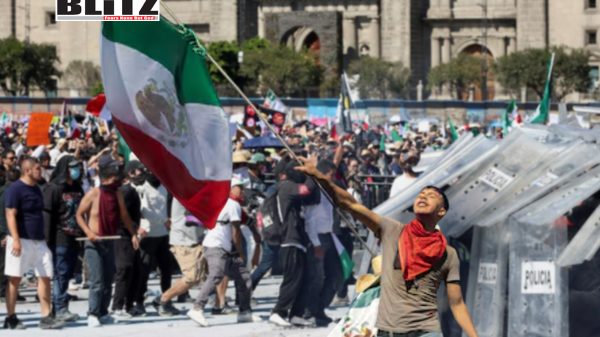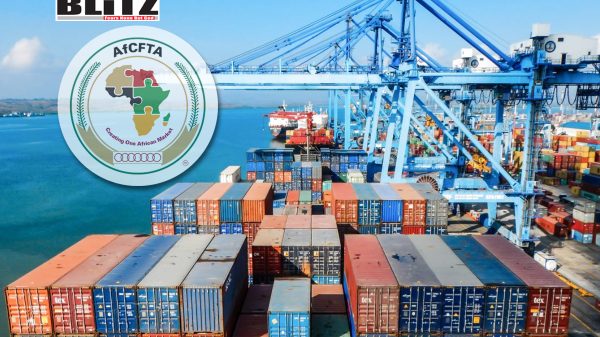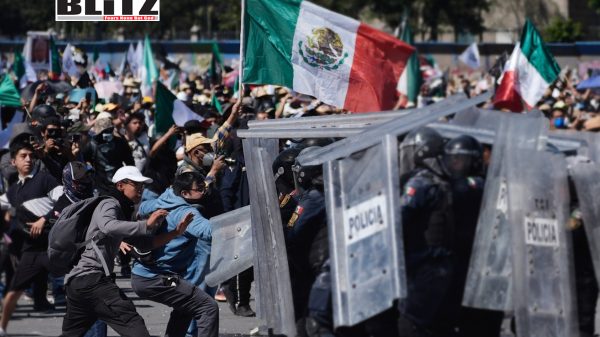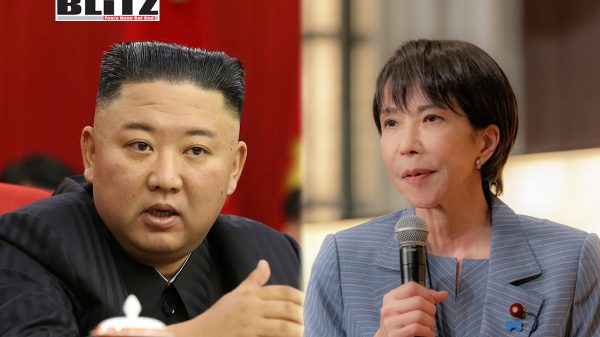Gen-Z protest wave reaches Mexico as youth lead revolt against corruption and cartel violence
- Update Time : Tuesday, November 18, 2025

Mexico has been shaken by a powerful new wave of anti-corruption protests, overwhelmingly driven by young people and sparked by the early November assassination of Carlos Manzo, an anti-cartel mayor whose killing has become a symbol of state failure and unchecked criminal power. While Mexico is no stranger to demonstrations against violence or impunity, the scale, coordination, and generational makeup of the latest protests mark a significant escalation-placing Mexico firmly within a growing global movement of youth-led uprisings against entrenched corruption.
On November 15, thousands of demonstrators took to the streets of Mexico City, marching from the capital’s central districts toward the National Palace in a unified demand for justice and security. Similar protests erupted simultaneously in 50 cities across 30 states, underscoring the nationwide resonance of Manzo’s death and the deep frustration felt by citizens who perceive the government as either unwilling or unable to confront the country’s violent criminal organizations.
Carlos Manzo, the mayor of Uruapan-a city long dominated by the Jalisco New Generation Cartel (CJNG)-was known for his confrontational stance toward organized crime. Local sources reported that he had repeatedly appealed for protection from both state and federal authorities before his assassination on November 1. His killing, allegedly carried out by a teenager recruited by CJNG during Día de los Muertos celebrations, delivered a chilling message: in cartel-controlled regions, not even public office provides safety.
Manzo’s death struck a nerve across Mexico, especially among younger generations who have grown up under the shadow of cartel violence but have also become increasingly critical of political corruption and government complacency. Many protesters wore sombreros and held banners with Manzo’s name, turning the marches into a symbolic tribute to a leader they believe was abandoned by the institutions meant to protect him.
Although the day began with calm and solemnity, tensions escalated sharply as crowds reached the heavily barricaded National Palace. According to Mexico City security chief Pablo Vázquez, the protests remained peaceful until “hooded individuals began to carry out violent acts,” leading authorities to reinforce police lines. Videos circulating online showed groups of protesters pushing down metal barriers, confronting riot police, and-according to Vázquez-throwing makeshift explosive devices.
The ensuing clashes left 120 people injured, including 40 police officers who required hospital treatment. Twenty arrests were made. Police claim they exercised restraint in the face of aggression, while demonstrators accuse security forces of disproportionate force-an accusation that gained traction among opposition political parties.
The conservative National Action Party (PAN) sharply condemned what it called “the state’s violent response against the young demonstrators.” Mexico’s Supreme Court, in an unusual move, also issued a statement deploring the violence both against police and the “attempts at unauthorized and violent entry into the building.” This balanced response revealed the sensitivity of the situation: the judiciary sought to avoid appearing partisan, while acknowledging the seriousness of the unrest.
President Claudia Sheinbaum, facing her first major civil-society crisis since taking office, moved quickly to lower the political temperature. Speaking at an event in Tabasco, she dismissed the size of the marches, claiming that “very few young people” actually participated-an assertion immediately contradicted by photos and videos from the demonstrations.
Sheinbaum also accused some protesters of “violently removing barriers and breaking windows,” reiterating that her administration rejects violence from any side. Her comments, however, were interpreted by many as an attempt to delegitimize the youth-driven nature of the movement and dilute the perception that her government is being challenged by a new generation demanding accountability.
Mexico’s protests do not exist in isolation. Over the past three months, a surge of youth-led anti-corruption demonstrations has gripped multiple countries, beginning in Indonesia and Nepal in August and spreading to the Philippines, Morocco, Madagascar, Togo, Peru, and now Mexico. Although these movements differ in context, their core grievances-systemic corruption, economic inequality, impunity for elites, and frustration with stagnant political structures-are increasingly universal.
This new global dynamic has been labelled the Gen-Z anti-corruption wave, reflecting the central role of young activists who have grown up in a hyper-connected world where information spreads instantly and political mobilization can be coordinated at unprecedented speed.
But while the Mexico marches were branded by some media as “Gen-Z protests,” observers noted that participants ranged across all age groups. Middle-aged parents, retirees, students, and even civil servants joined the demonstrations, revealing that public exasperation with cartel violence and state failures extends far beyond youth activism. Older generations, long accustomed to political violence and insecurity, now appear ready to stand alongside the young in demanding a different future.
For young Mexicans, the killing of Manzo represented more than a local political tragedy-it symbolized the collapse of trust in government promises to tackle cartel power. Many of the demonstrators were students who expressed fears that corruption and criminality have become so intertwined that distinguishing between the state and organized crime is increasingly difficult.
A recurring theme in signs and chants was the call for protection, not just from cartels but from what protesters perceive as a political class that prefers denial over action. From their perspective, Manzo’s death was not just an isolated failure but a predictable outcome of a broken system that punishes those who challenge entrenched criminal interests.
The Mexican government faces a pivotal moment. If it downplays or dismisses the protests, it risks deepening distrust among a generation that already views institutions with skepticism. If it deploys a heavy-handed response, it may fuel further mobilization. And if it fails to meaningfully address cartel violence and corruption-the grievances at the heart of this movement-Mexico may see more frequent, more widespread, and potentially more volatile demonstrations in the months ahead.
What is clear is that the killing of Carlos Manzo has triggered more than a momentary expression of grief. It has exposed a profound national anger, bridging generations and pushing Mexico into the global spotlight as another nation where young citizens are no longer willing to tolerate impunity and corruption as the cost of everyday life.
The Gen-Z protest wave has reached Mexico-and it shows no signs of fading.










